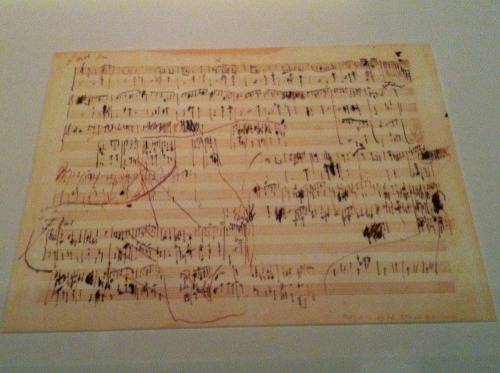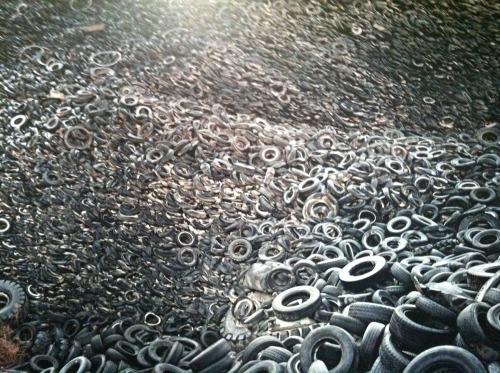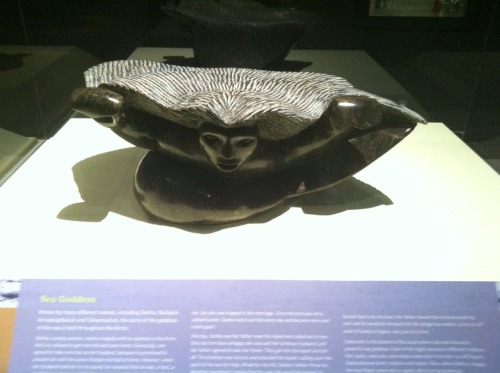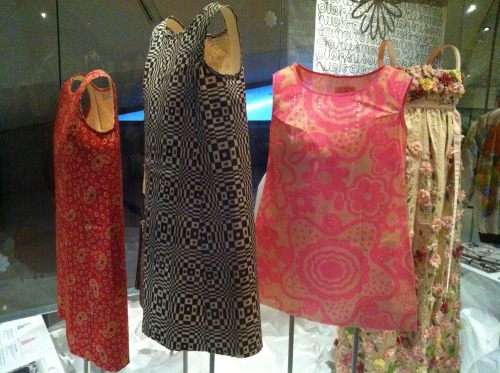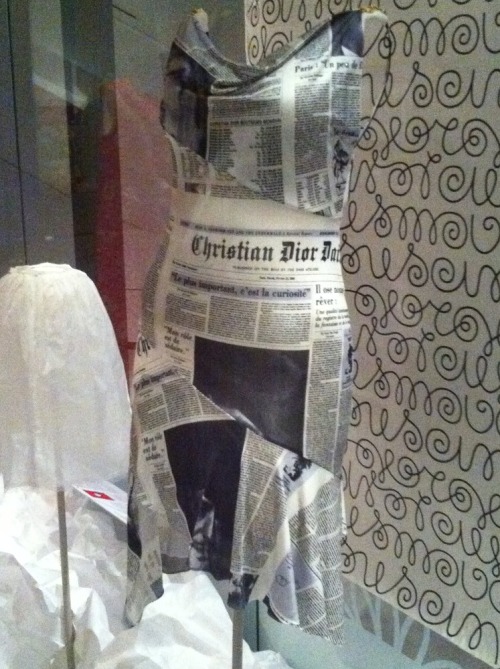Background
The medieval period, which followed the collapse of the classical period, was characterized by a lower standard of living, technological decline, and intense Church control. Christianity, in the middle ages, taught people that only the afterlife was of real importance. The result was that art did not need to be realistic or naturalistic, and there was little emphasis put on the material progress of society. A monk’s life, spent in prayer and withdrawn from the world, was seen as the most noble existence.
The Renaissance, an artistic and cultural movement, started in Northern Italy in the 14th century. It was launched by the rediscovery of ancient Greek and Roman manuscripts in the vaults of Church. The reading of the works of Cicero introduced a radically new conception of the noble life: that of civic engagement. Cicero argued that there had to be politically involved citizen that would fight (against tyranny) for the common good. The ancient works of philosophy, architecture and engineering were also discovered and spurned a technological leap forward. There was a renewed interest in the physical world: in natural looking art, methods of human governance, scientific understanding and technological innovation.
Florence was the center of the Early Renaissance (before it moved to Rome and became the High Renaissance). Northern Italy in the 14th century was beginning to be dominated by the rule of various tyrants. Florence, with its new found belief in civic liberty, fought to defend the remaining communal cities from tyrannical rule. This culminated in 1402 when the tyrant of Milan nearly took control of Florence. The city was only saved by his untimely death due to illness.
The textile trade in the Mediterranean made Florence very wealthy. The cities elite set about showing off this wealth by building palaces and filling them with Renaissance art. It is tempting to see the Renaissance as a complete break with the Medieval period. However, I don’t believe this is the case. Renaissance artists used classical techniques and knowledge to tell a predominately Christian story. But no longer was God depicted in an otherworldly way. Rather he was depicted in an intimately human way, with a natural human form and recognizably human emotions: Christ on the cross instead of Christ in heaven.
My Favorite Sights
1. Bargello Museum. Here you can see Donatello’s David and St. George. St. George is one of my favorite pieces of Renaissance art. In St. George you can see Florence’s view of itself. A young knight. Vigilant. Watching the horizon. Ready to defend the communes. The museum also contains many other great statues, and the bronze reliefs of The Sacrifice of Isaac. The reliefs were part of a competition between Lorenzo Ghiberti and Filippo Brunelleschi for who would create the baptistry doors, the famous Gates of Paradise.
2. Palazzo Medici Riccardi. The palace itself is very interesting. It was built for Cosimo de’ Medici. He wanted it to be impressive without being ostentatious. The grand salon contains a magnificent fresco. The most important reason to go here, however, is to Journey of the Magi to Bethlehem fresco cycle in the Medici’s private chapel. The fresco gives us another insight into how the Florentines viewed themselves. In the fresco, the Medici family and other Florentine aristocrats were portrayed in the place of the Three Wise Men, journeying to see the newborn Christ.
3. San Lorenzo. All in one place (although in three separate tickets) you can see the Laurentian Library, San Lorenzo Church and the Medici Chapel. The Laurentian Library contains a comprehensive collection of Greek and Latin manuscripts (from the 10th-15th centuries), the very books that were so pivotal in launching the Renaissance. The library also contains the famous vestibule designed by Michelangelo and the expansive reading room. San Lorenzo is one of Florence’s oldest churches. The Medici Chapel is made up of two buildings. The Chapel of the Princes is an impressive dome worth seeing. The New Sacristy by Michelangelo is one of the most intricately designed and proportioned buildings I have ever seen. It is small but it is truly a gem, and a must see, in my opinion.
4. Duomo Museum. This contains the original of the awe-inspiring Gates of Paradise by Lorenzo Ghiberti. It also contains Donatello’s heart wrenching Mary Magdalene. The museum has other statues by Donatello and Michelangelo, as well as, models of the Duomo created by Brunelleschi himself.
5. Brancacci Chapel. This chapel has another very important fresco cycle in it by Masolino and Filippo Lippi. The fresco is significant because it is a product of the very early Renaissance. The figures have a chunky and substantial appearance very different from the lithe figures of the Medieval period. This is because the artists who painted them had taken their inspiration from Roman statues. This influence can also be seen in the dramatic poses and gestures of the figures.
6. Orsanmichelle. This was once the headquarters of many of the guilds in Florence. In an attempt to outdo each other the various different guilds commissioned a number of statues. Reproductions of those statues are still on display outside. The statues are barely elevated above the street and are very intimate.
7. Science Museum. See the cartographic instruments, maps and globes which made the textile trade possible, and paid for the Renaissance art. You can see the telescope that Galileo used to see the surface of the moon and discover the moons of Jupiter.
Of course you should see th Uffizi gallery, Michelangelo’s David and the Duomo and baptistry. In many ways I find the art listed above more interesting than these. The works of the early Renaissance have an intimacy and sheer humanity that is not matched by the later works. Donatello’s St. George and Mary Magdalene, and the statues of the Orsanmichelle were made for the common citizenry of Florence. There is an immediacy to these works which starts to fade in the High Renaissance that took place in Rome. I think you can start to see this in Michangelo’s David, originally positioned on a high pedestal in front of the Palazzo Veechio. It is sublime, but it is also lofty, towering above the average the citizen. Art became more down-to-Earth in the early Renaissance but then, once again, starts to become more transcendent in the High Renaissance.
The enduring legacy of the Renaissance was, for better or worse, to put modern man back at the center of his own universe. The realistic image of man in the studied, natural world. It is hard to walk down the street without seeing a human figure on a billboard or a face on the front of a magazine. This seems natural to us but it was far from normal in the middle ages.
